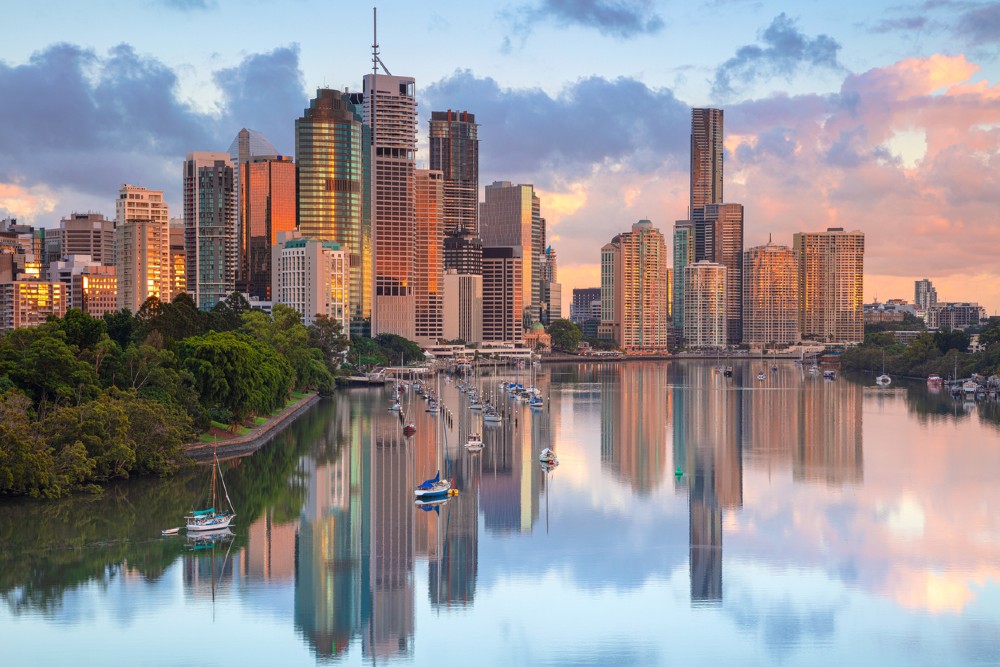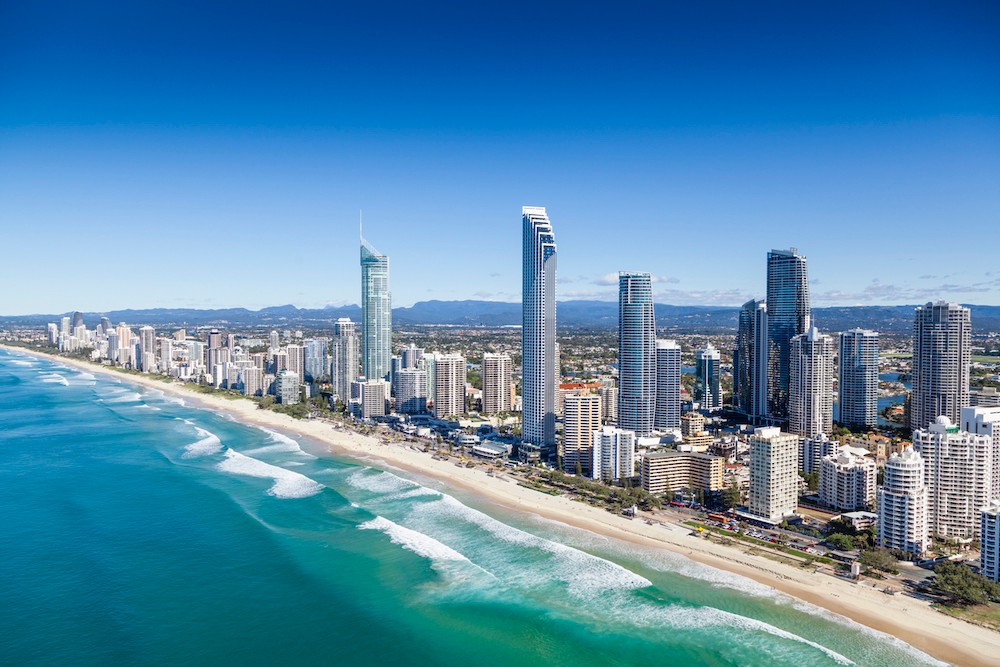Brisbane and QLD market update - May 2021
The Queensland property upswing continued to gather pace in May, with price growth accelerating strongly. According to the latest data, Brisbane houses are driving values up as buyers compete over a declining number of properties for sale.
Brisbane market update - May 2021
| Median property value | Monthly change | |
| Houses | $641,727 | +2.2% |
| Units | $411,664 | +1.2% |
Brisbane property prices continue to surge in May, advancing +2.0 per cent according to the latest CoreLogic Home Value Index.
This is an acceleration in price growth compared to April when home values rose +1.7 per cent.
The value of the median Brisbane home is now $574,572, more than $16,000 higher than it was just one month ago.
Over the past three months, Brisbane properties are up an impressive +6.2 per cent and annual price growth has tipped into the double digits, rising +10.6 per cent.
The Brisbane housing market has been significantly stronger than units, with houses rising at double the pace, climbing +2.2 per cent compared to +1.2 per cent for units.
For Brisbane house owners, prices have gone up just shy of $20,000 in one month with the median value of a house sitting at $641,727. Annual growth has also been strong, posting gains of +11.9 per cent.
For units, slower gains are seen in the short and medium-term with prices increasing $5,762 over the month and up +4.2 per cent annually.

Figures from SQM Research show that the total number of properties for sale in Brisbane dropped -7.1 per cent in May and “old” stock—properties that have been on the market for 180 days for more—are being cleared as the number of buyers substantially outweighs sellers.
The number of old listings in Brisbane had dropped -46 per cent over the past year, falling from 8,476 listings to 4,577.
SQM Research's Managing Director Louis Christopher says that this abnormal occurrence is a reflection of strong selling conditions.
“The downward trend in old listings suggests strong absorption rates, so new property listings are not completely offsetting the falls in old listings, indicating there are more buyers than sellers in the market, which is fuelling the property boom,” he explains.
As stock levels trend downwards, asking prices for both units and houses have increased, rising +1.1 per cent over the month for houses and +0.6 per cent for units.
“It shows there are definitely more buyers than sellers, and it suggests to us that there’s been no material slowdown since the end of JobKeeper or HomeBuilder.”
Regional QLD market update - May 2021
| Median property value | Monthly change | |
| Houses | $449,807 | +1.8% |
| Units | $449,807 | +1.9% |
Regional Queensland properties maintained solid growth over the month, rising +1.9 per cent.
The median value of a home now sits at $440,926, which is around $4,800 higher than it was just one month ago.
Unlike the Brisbane market, both units and houses are increasing at a similar rate, with houses up +1.8 per cent over the month and units increasing +1.9 per cent.
According to the latest Westpac Housing Pulse, the Gold Coast and Sunshine Coast are seeing particularly strong price growth accelerations with annual growth in the double digits.

This is reflected in data in the latest CoreLogic Quarterly Regional Market Update, where Central Queensland units were the best performer nationally for the highest change in sales volumes, at +76 per cent.
Other notable regions include the Gold Coast, where house and unit values rose +16.6 per cent and +11.9 per cent respectively, while Sunshine Coast house values climbed +17.5 per cent and units were +13.7 per cent higher.
In CoreLogic’s April Quarter Economic Review, Head of Research Australia Eliza Owens says that property prices are currently sitting at record highs.
“Dwelling values across Queensland are currently +13.7 per cent above the previous record high.
“Alongside low mortgage rates, interstate migration to Queensland has remained a tailwind for housing demand,” she says.
The latest ABS migration data suggests that the Sunshine State has been a popular destination since the onset of COVID. The December 2020 quarter shows Queensland had a net gain of 9,800 people - the largest gain since December 2003.
Brisbane and QLD rental market update
The latest SQM Research data shows Brisbane vacancy rates becoming extremely tight, with rents expected to surge this year.
Vacancy rates in April fell to 1.4 per cent, which is significantly lower than it was one year ago when rates were sitting at 2.8 per cent.
As the number of vacant properties declines, rents have been on the upswing, with asking rents for houses and units both rising +0.5 per cent over the month.
Asking rents for a typical Brisbane house is currently at $495 compared to $388 for units.
Mr Christopher says that interstate migration has been a major factor in the tightening of the rental market, with the Gold Coast particularly affected.
“We are also seeing a surge in rents as vacancies drop on the Gold Coast and on the NSW North Coast… as people migrate out of the big capital cities and move to regional and warmer locations.
“On the Gold Coast, asking rents have soared by +32 per cent for houses and +14 per cent for units over the year,” he said.
With house prices generally rising faster than rents, gross rental yields remain under some downward pressure. The gross rental yield for Brisbane is 4.2 per cent and 5.0 per cent for regional Queensland.
What’s next for the Brisbane and QLD property?
It seems that investors are stepping up their activity, motivated by prospects for continued capital gain and record low interest rates.
The latest ABS lending indicators report shows that the value of new loan commitments to owner-occupiers in Queensland increased +1.1 per cent in March 2021, while loan commitments to investors rose +19.0 per cent in the same period.
CoreLogic's head of research Tim lawless comments that while there are signs that first home buyer demand is pulling back, investors are stepping forward.
“The resurgence of investor participation and high levels of activity in the owner-occupier non-first home buyer segment may account for the continued strength in dwelling markets despite affordability constraints,” he said.
In a statement, RBA governor Philip Lowe said that as property prices continue to rise, banks will carefully monitor borrowing.
“There has also been increased borrowing by investors," he said. "Given the environment of rising housing prices and low interest rates, the bank will be monitoring trends in housing borrowing carefully and it is important that lending standards are maintained.”








